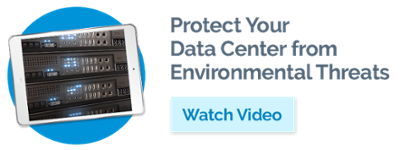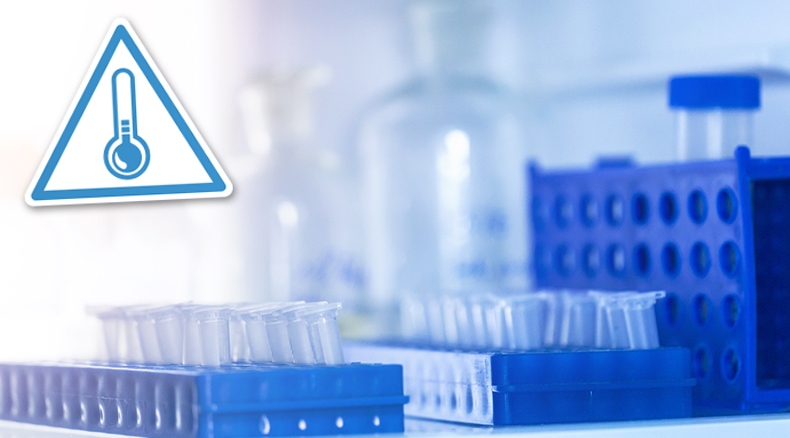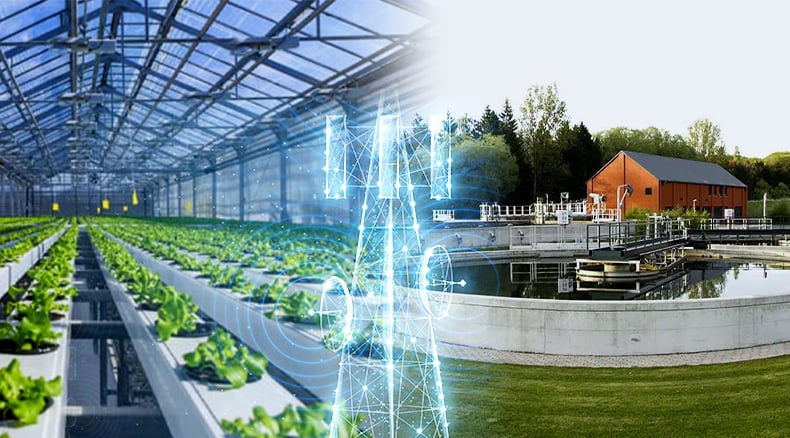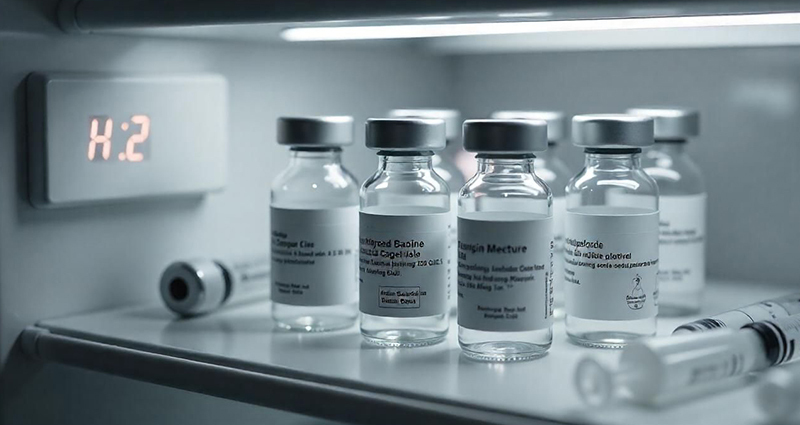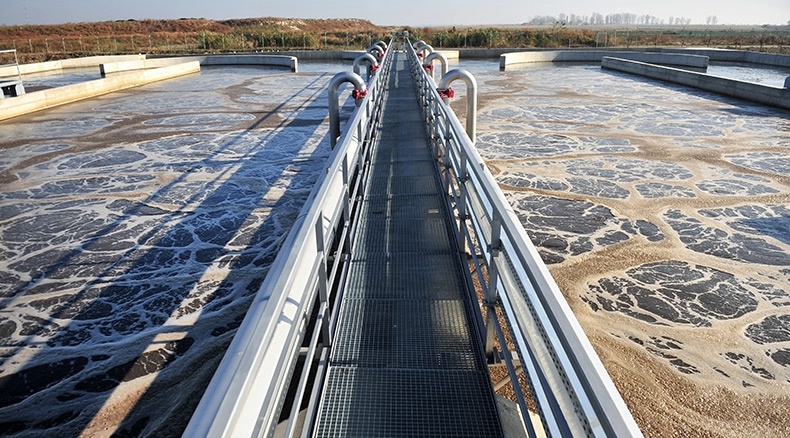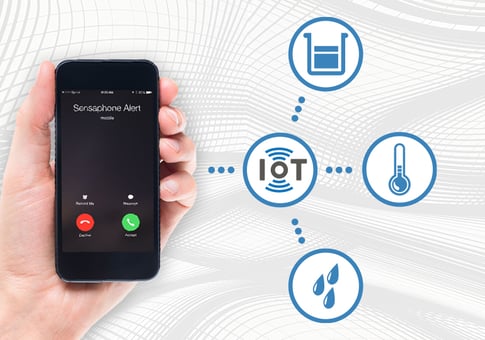
The Internet of Things (IoT) takes remote monitoring to the next level by allowing you to effortlessly oversee assets in real time using a computer, smartphone, or other Internet-connected device. So, what exactly is IoT remote monitoring?
As a vital component of digital transformation, IoT remote monitoring harnesses the power of the Internet to improve the way a business tracks and acquires data on various aspects of its operations. This leads to greater efficiency, reduced costs, and less downtime. It achieves these benefits by enabling users to:• Gain immediate visibility into different aspects of operations
• Better understand operations by collecting real usage data
• Quickly identify equipment and operational problems
• Connect essential personnel to operations through smart devices
• Monitor larger areas with fewer personnel in shorter timeframes
Today’s IoT Remote Monitoring
Today’s IoT remote monitoring offers continuous 24/7 insight into different aspects of operations. Facility managers and other personnel get on-demand access to enable real-time decision-making to address potential issues and modify parameters that boost productivity, improve safety and reduce costs.Companies can access and analyze historical data stored in the cloud or download it into software, to review past activities, prevent recurring problems, and predict trends. Emerging business models, such as equipment-as-a-service and solutions in a box are accessible to reduce entry barriers and swiftly harness the benefits of cloud-based networks.
Components of an IoT Remote Monitoring Systems
An IoT remote monitoring system is not standardized equipment. It is a network of interconnected components, including sensors, user interfaces, and connectivity devices. These components gather, share, report, and store data related to specific parameters of particular assets. As a visual reference, see the image below which depicts a data center application for IoT remote monitoring.
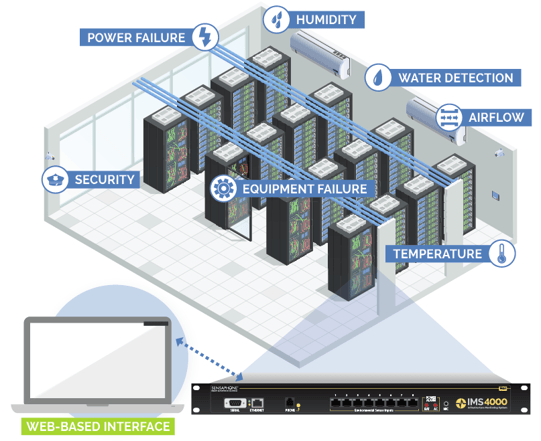
1. IoT Sensors
These devices are integrated into equipment and/or positioned in the work environment to collect data about various conditions such as:• Temperature
• Humidity
• Power failure
• Tank level
• Water leaks
• Flow rates
• Vibration
• Equipment failure
Powered internally , these sensors convert data into a signal, which is then transmitted to the system for further processing. For example, a sensor can collect data on temperature or humidity in a data center so operators can verify that the room is operating under optimal conditions. If conditions deviate from preset parameters, the data can trigger an alarm, prompting assigned personnel to take immediate corrective action.
Sensaphone offers a complete line of environmental monitoring sensors, from temperature sensors to advanced air quality and pressure sensors. The Sentinel remote monitoring system can interface with up to 12 external sensors, including hundreds of third-party sensors with analog or digital signals.
2. Connectivity Platform
After collecting data, sensors transmit it to the cloud or another storage location via an Internet connection, using Ethernet, cellular, Bluetooth, Wi-Fi, or satellite technology.Sentinel Monitoring Systems rely on Internet or cellular connections to transmit data to the cloud. The cellular option extends coverage and eliminates the need for an Ethernet connection. Users can choose from several service providers so that there is no fumbling with SIM cards or worrying about overages.
3. User Interface
Once data resides in the cloud, users can access, program, and view it in real-time. IoT remote monitoring systems, like the Sentinel offer a web-based dashboard accessible via any mobile device. This allows users to check the status of facility and equipment conditions, monitor environments, and make program adjustments. The Sentinel is also programmable to automatically notify specific users and destinations through calls, texts, or emails based on predefined parameters.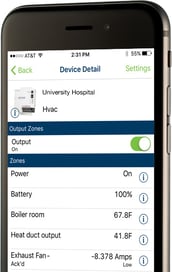
4. Data Logging
IoT remote monitoring systems store data in the cloud to prevent loss and provide limitless data storage. This data can be retrieved for viewing, generating compliance reports, or analyzing historical trends against business Key Performance Indicators (KPIs). By gaining insights into various operations, companies can improve efficiency. Data can also be downloaded into corporate software programs for more in-depth analysis.
Securing Your Assets
IoT remote monitoring systems offer valuable advantages for many industries by addressing issues before they become major problems and providing increased visibility in their operations. Here are some of the industries currently harnessing this cloud-based technology:• Data Centers: Ensuring the safe operation of servers and critical equipment by monitoring environmental conditions.
• Water and Wastewater Treatment Facilities: Monitoring the status of different locations through one system.
• Oil & Natural Gas: Tracking critical systems in field operations like remote wells and production sites.
• Medical Cold Storage: Receiving alerts about changing temperatures in refrigerators and freezers that hold vaccines, pharmaceuticals and lab samples. This safeguards the integrity of medical and pharmaceutical products.
• Agricultural: Ensuring optimal living conditions for livestock.
• Food & Beverage: Verifying that inventory is stored at the correct temperature.
• Cannabis Growing Facilities: Maintaining optimal temperature and humidity levels to support plant growth.
Learn more about what is an IoT Remote Monitoring System and different Sensaphone products at SENSAPHONE Remote Monitoring Solutions. or contact our sales team.
Find out about the different Sensaphone monitoring systems and communication methods at sensaphone.com or contact our sales team.

